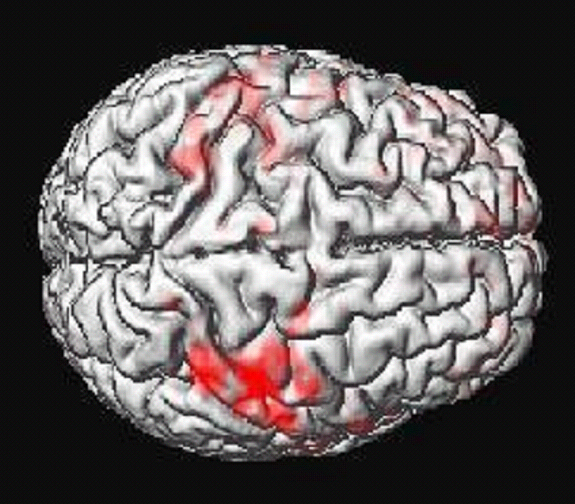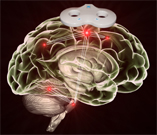 |
||
|
Related Sites Kirby
Center for Functional Brain Imaging
|
The Johns Hopkins Department of Neurology
NeuroImaging and Modulation LABoratory (NIMLAB)
| Director: John E. Desmond, Ph.D. | ||
 |
 |
 |
Participate in an fMRI or a TMS experiment! Receive monetary compensation and an image of your brain. |
||
|
The laboratory investigates neural correlates of cognition and behavior using neuroimaging methods such as functional magnetic resonance imaging (fMRI) and neuromodulation techniques such as transcranial magnetic stimulation (TMS).
Research: • The effects of chonic heavy alcohol consumption on cognition and brain activation underlying cognitive function. We are also interested in neurovascular changes caused by alcohol, as well as changes in brain structure and functional connectivity. •
How
aging in humans affects neural systems that are important for associative
learning and stimulus awareness. These
investigations pay special attention to neural systems important
for classical eyeblink conditioning in the cerebellum and medial
temporal lobe, as well as structures involved in attention in the
parietal lobe. |